How Mental Imagery Can Boost Your Strength Training Performance
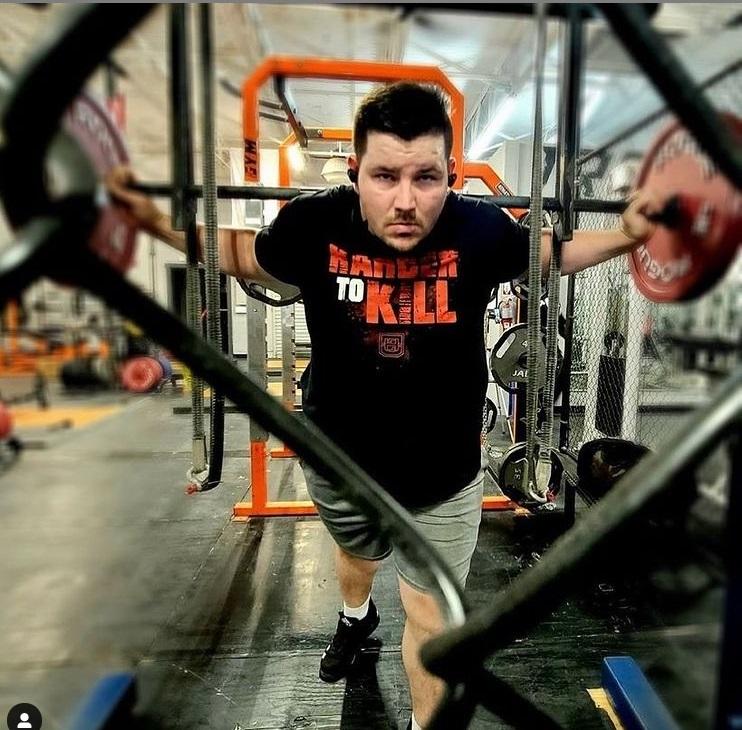
What goes on in your brain before you attempt a big lift? Are you fighting off anxiety demons? Thinking about dinner? Or are you zoned in on the task before you. Turns out, a little mental strategy goes a long way. Joseph Lucero, owner of Harvesting Strength, is a powerlifter and strongman coach with years of practical S&C experience in high school, collegiate, and professional settings. In this article, he talks about the importance of mental imagery and how to use your mind to set the scene for your big lifts. Try his methods before your next 1RM and don’t be surprised if you PR.

Let your mind be your ally
In our youth we’re told by coaches and authority figures, “if you can believe it, you can achieve it”. It’s been a running mantra for the longest time, especially in any motivational sports drama that celebrates the underdog.
When I was told to dream big and think of success, those words inspired me to do my best and give it my all. But now, as an adult I feel that saying can’t truly improve my performance. The concept doesn’t really have the same effect…
But could it?
Even if it sounds like folklore, the fact of the matter is weird—what they say is true. If you can believe and imagine your own success, you can produce success.
But it takes more than just thinking to be successful. You have to put your thoughts into action. For athletes, this usually relates to nailing a complex series of movements. When it comes to exercise performance, whether through traditional sport or strength sports, “thinking” of success means placing yourself within a mental framework.
If you want to run a 40-yard dash in four seconds or squat 600 pounds in your upcoming competition, you need to think of yourself in that situation as vividly as possible. This mental trickery gets you feeling like you’re actually in that moment in real time.
Using a mental imagery practice could mean the difference between a successful lift and a failed one.
What is mental imagery?
The human movement systems consist of the skeletal system, muscular system, and nervous system. Your bones and the musculature of your anatomy are what generate movement, but only through the instruction directed by the nervous system.
The science of human movement supports the use of mental imagery. When my mind tells me to type the words on this screen, my nervous system sends the signals for my hands to engage with the keyboard to form the words in this article.
If we practice imagining ourselves doing something with the highest intent and as vividly as possible, our body receives the same signals from the central nervous system that engages our muscles to fire as though we’re performing the movement in real life.
Even though you’re not exerting any force on the bar, feeling the sensation of successfully completing a lift fires off the same impulses you need to produce that movement. It’s a fraction of the system usage you actually need, but you still get a tremendous benefit from using your brain.
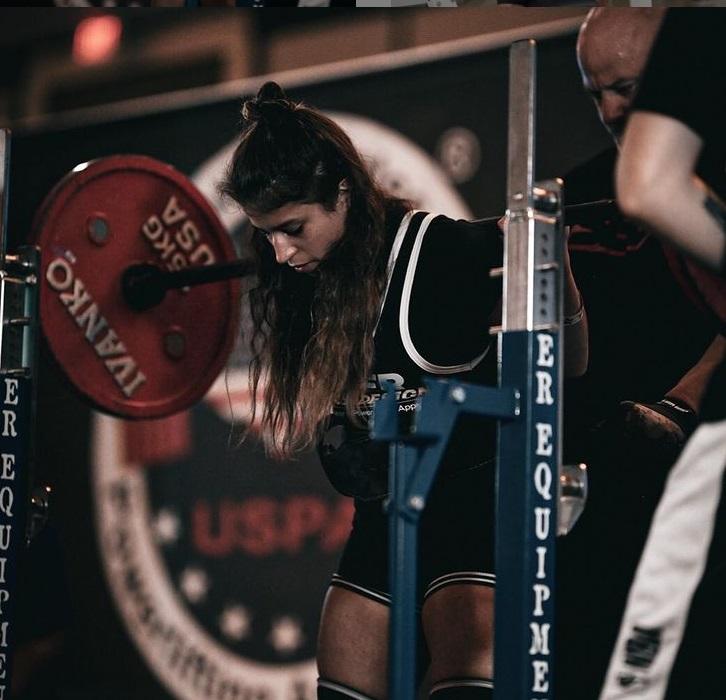
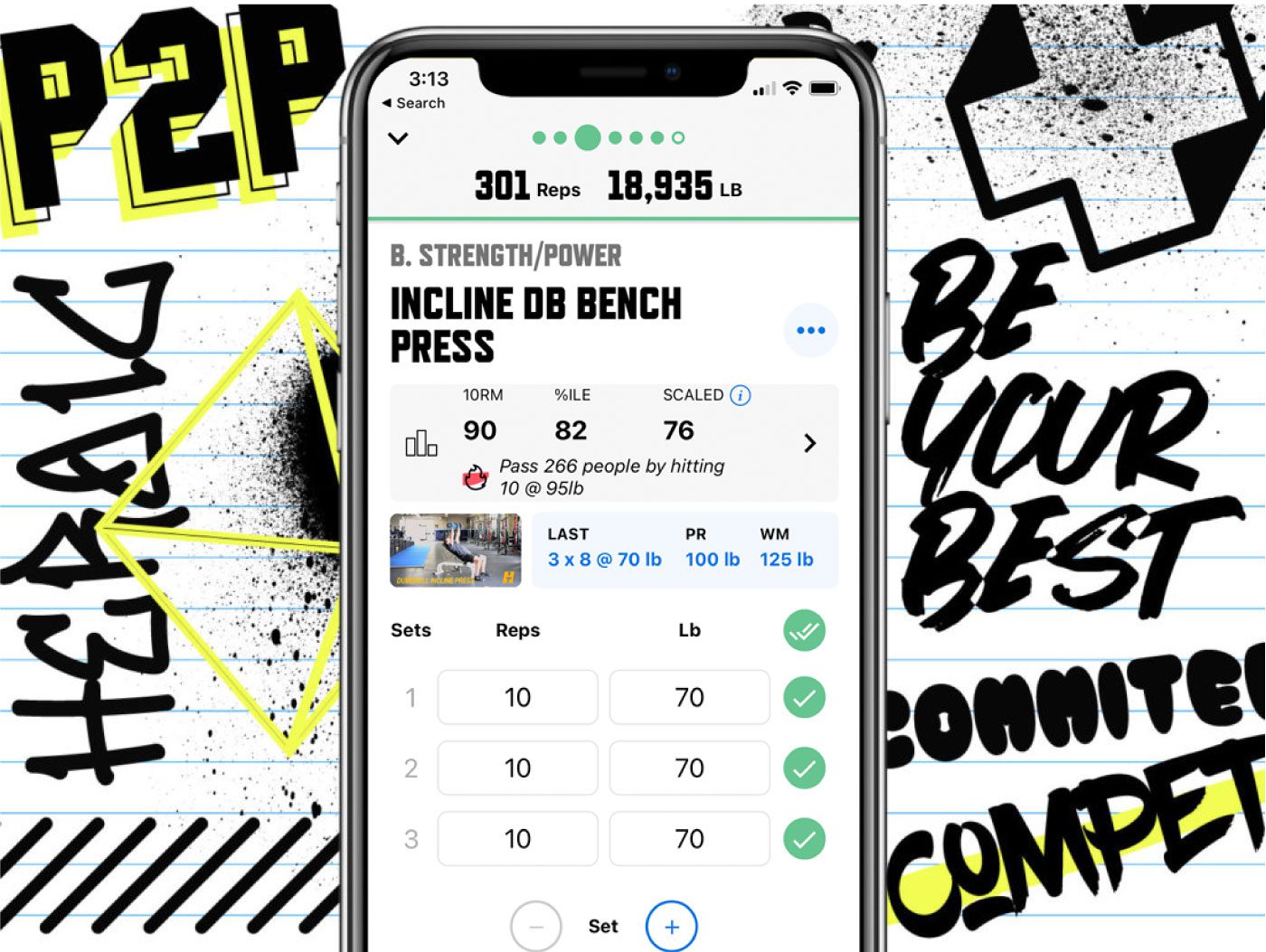

DOWNLOAD
trainheroic’s
free APP
Why using your brain is important
Studies show that working with mental imagery results in fractional engagement from your movement systems that can make difficult athletic feats feel “comfortable” and “familiar”.
Mental imagery works on connecting your nervous system with the muscle fiber recruitment you need when actually performing the lift, making the shot, or taking the jump. This is one of the strongest tools for competitive athletes to help elevate their training to a new level.
It also translates to learning new movements—getting enough mental repetitions to understand and break down the individual components of an exercise. Think of it as a way to refine your technique without having a heavy load in your hands. It also relates to the concept of “watching film” on a Saturday morning with your youth football team.
But for mental imagery to have an effect, you want to experience those ideas and thoughts in detail from within, not just watch them on a screen. Athletes who practice mental imagery tirelessly say that they can feel the barbell in their hands, smell the iron and chalk before attempting a massive personal record.
Even though performing mental imagery for a 700-pound deadlift won’t necessarily give you a 700-pound deadlift, the more time you spend in the mental space of locking out that heavy lift, the more familiar you and your body become with the idea.
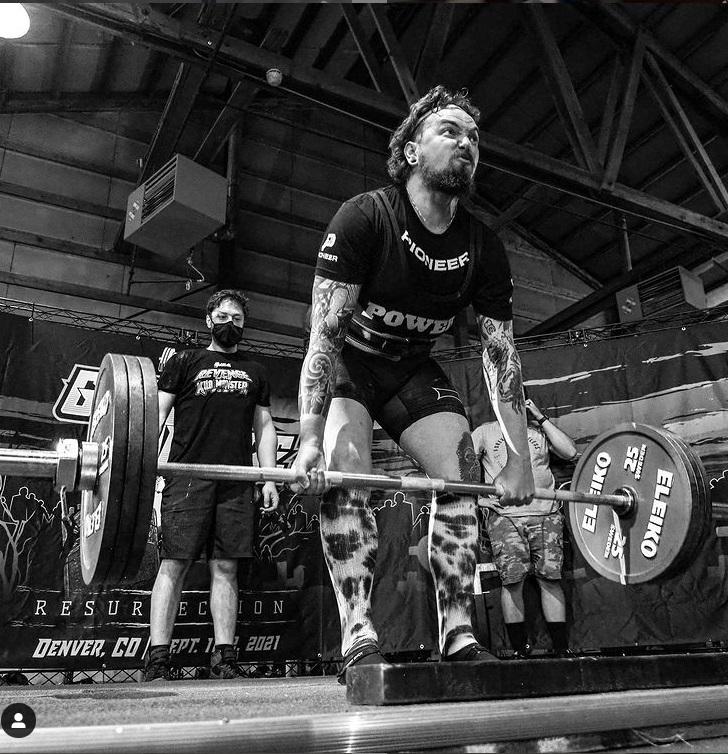
The Marketplace: Shop Expert Programming from Real Coaches
Sometimes all you need to reach your destination on your fitness journey is an expert guide. We’ve got you covered.
The TrainHeroic marketplace is the only place to purchase programming from the World’s best coaches, delivered through the immersive training experience of the TrainHeroic app.
Browse from thousands of programs for any goal and every type of athlete.
Or, join a monthly programming membership to connect with a real coach and community of athletes training just like you. Try any programming subscription free for 7 days.
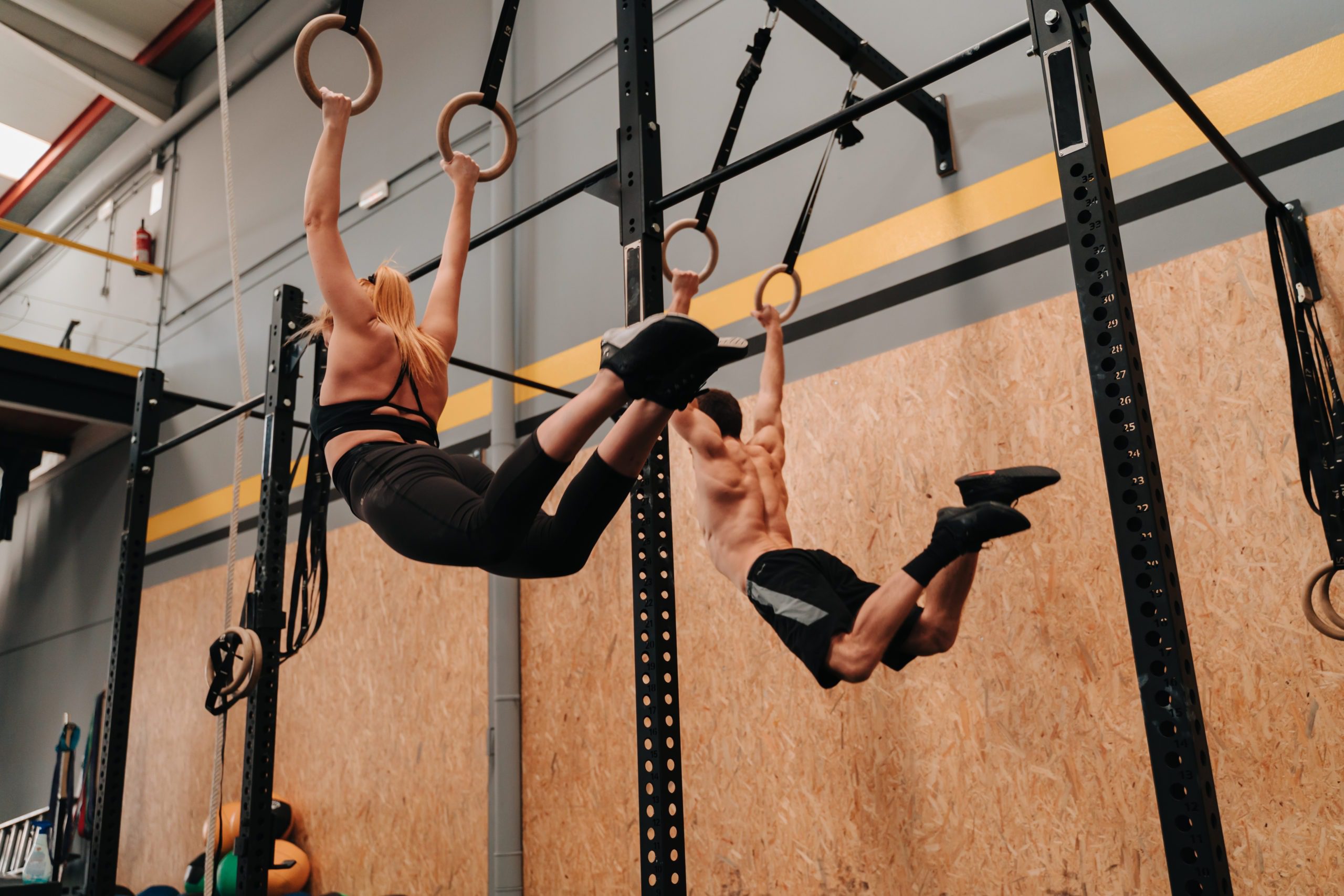
How to practice mental imagery
Practicing mental imagery concepts doesn’t have to be a complicated process. Just spend 5-10 minutes a day in a secluded environment and rehearse what you’re about to lift in vivid detail. The more of your senses you recruit, the more realistic the experience and the better your focus.
Start in a controlled and calm environment. Or try being physically in the gym where you plan to train or compete. I’ve experienced several instances in a competition setting where I would train at the venue to mentally prepare myself and live the competition before it even started. I’d go to the platform, imagine myself in front of the crowd, and see myself lifting with success.
When I engage in mental imagery before I approach the barbell, I think about the weight already in my hands, the knurling scraping against my calluses with my explosive speed. I focus on one or two cues and feel the tension in the dominant muscles I’m using for the lift.
My mind and body fire off like they’ve already made the lift, so why couldn’t they do it again?

Are you going for a heavy squat this week? Are you trying to hit 225 for 10 reps on bench next week? Before your performance, spend some time working on your mental imagery.
Give yourself the best shot at making the lift by helping your mind better anticipate the situation and find more comfort in the challenge. Because ultimately, your body doesn’t easily go where your mind hasn’t already been.
Related articles
3 Ways to Improve Mobility Without Stretching
Are you still trying the endless foam rolling and stretching exercises to get that deep squat position? We know how important mobility is for great, or even GOOD performance. All professional athletes have some comfortability in end ranges of motion. So, what else do...
The Ultimate Guide to Lunges: Queen of all Glute Exercises
Your glutes are the largest muscle group in your body. They’re responsible for almost everything your legs do—walking, running, jumping, squatting, lunging, and just standing upright. As far as moving through space goes, strong glutes are the bedrock of overall...
A Beginner’s Guide to Steel Mace Training
Author: Jesse Grund
Mace training will make you a better mover without it’s not confining you to a fixed space or predetermined range of motion. Second, it’s an offset load with 80 to 90 percent of the weight in the head. You’re also constantly having to resist rotation, which creates greater core engagement.

Join the community
Sign up for the latest training news and updates from TrainHeroic

About TrainHeroic
Support
Made with love, sweat, protein isolate and hard work in Denver, CO
© 2021 TrainHeroic, Inc. All rights reserved.






